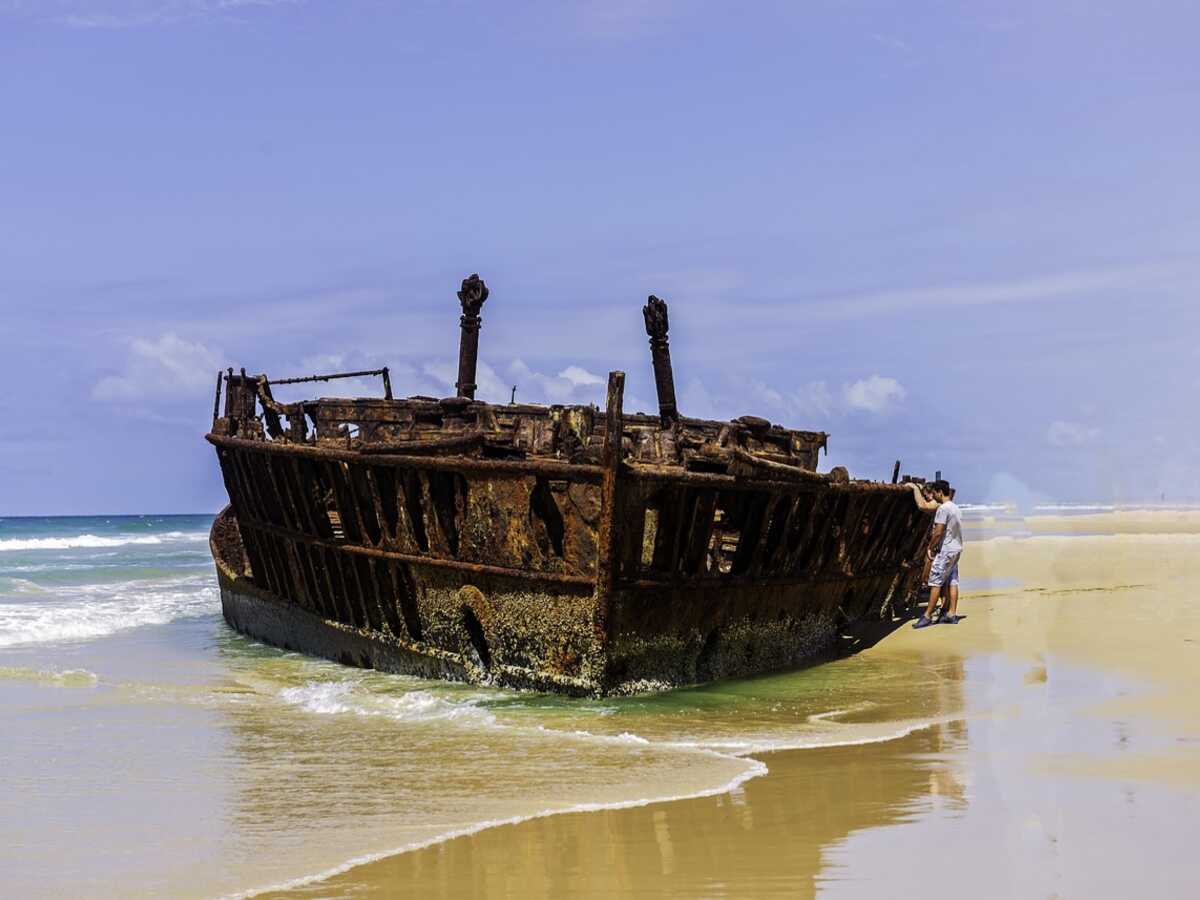By analyzing the wrecks of ancient ships, scientists were able to learn more about the technology used for the first ships to cross the Mediterranean.
Technology ahead of its time. In a recent study published in the journal PLOS One, a team of researchers led by archaeologist Juan Gibaja of the Spanish National Research Council reported that they found boat wrecks eight meters deep in the lake. of Bracciano, located near Rome. As a reminder, this body of water is connected to the Mediterranean Sea by the Arrone River. By analyzing the objects found on site, including several canoes, but also wooden tools for weaving textiles and baskets for transporting food, scientists discovered that the ships date from the Neolithic, the most recent period of stone Age. “The direct dating of the Neolithic canoes of La Marmotta reveals that they are the oldest in the Mediterranean,” assure the experts in a press release.
Boats found at the bottom of a lake in Italy
Thanks to this discovery, scientists were first able to identify La Marmotta as an important place for trade. But that’s not all ! The analyzes by Juan Gibaja and his team of researchers also made it possible to learn more about the technology that was used to manufacture the boats. And the least we can say is that researchers were amazed by the advanced, even sophisticated skills of the populations of the time in carpentry and shipbuilding. And for good reason: the first canoes used to cross the Mediterranean were built from hollowed-out trees, which grew between 5,700 and 5,100 BCE. The boats were between four and eleven meters long, which is far too large to even cross Lake Bracciano.
Boats equipped with advanced technology
On the canoes, scientists also found tools to strengthen the hull and T-shaped objects resembling stakes. These latter inserted into the wall of the boat at regular distances could have been used to attach ropes or even a sail. “These strategies would have provided greater security and stability, as well as greater capacity to transport people, animals and goods,” the scientists explain. In light of the boats’ characteristics, the researchers believe that « many major advances in sailing must have been made in the early Neolithic » and that there may be other canoes hidden deeper in the mud of the Lake Bracciano.




